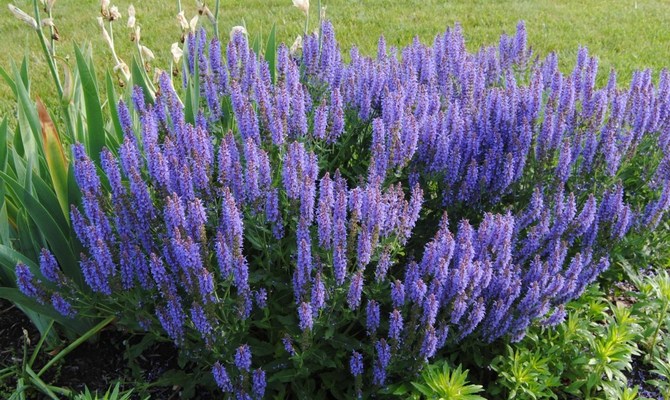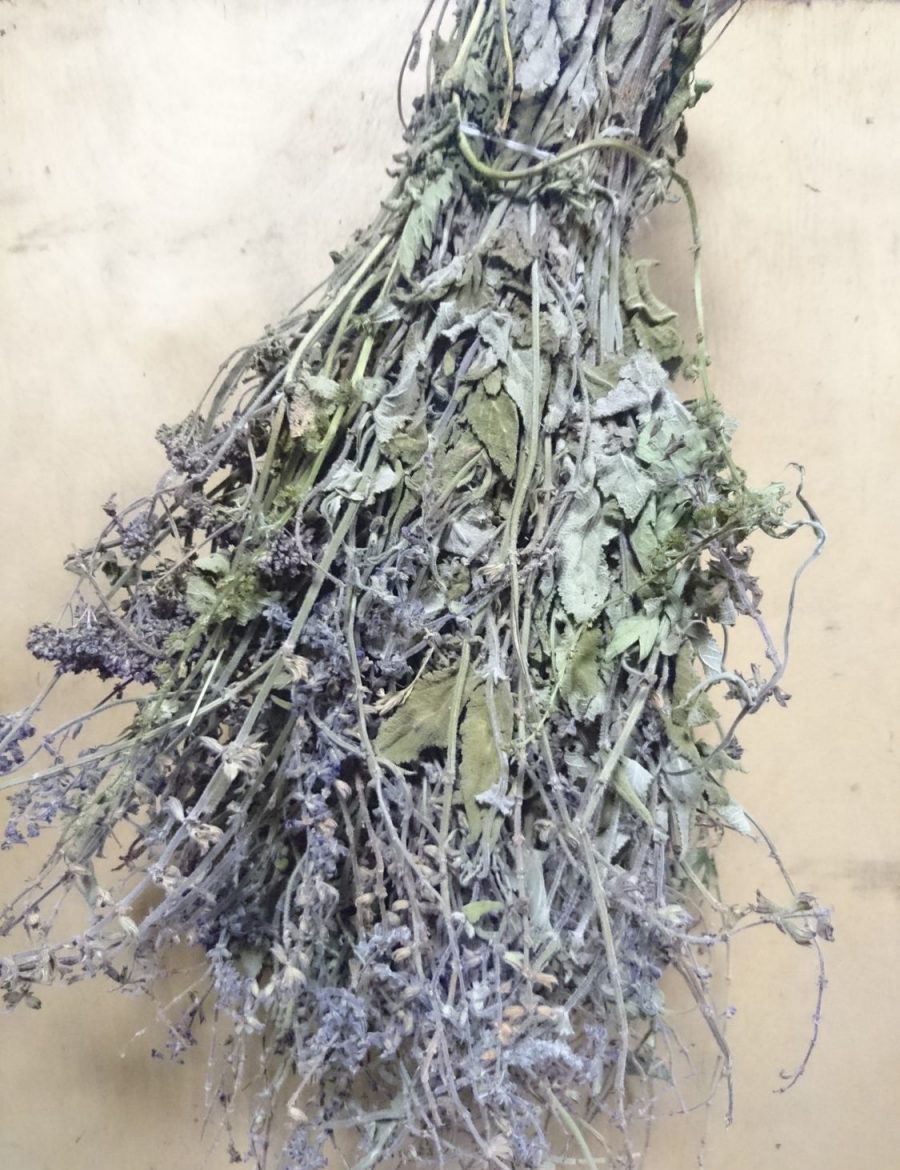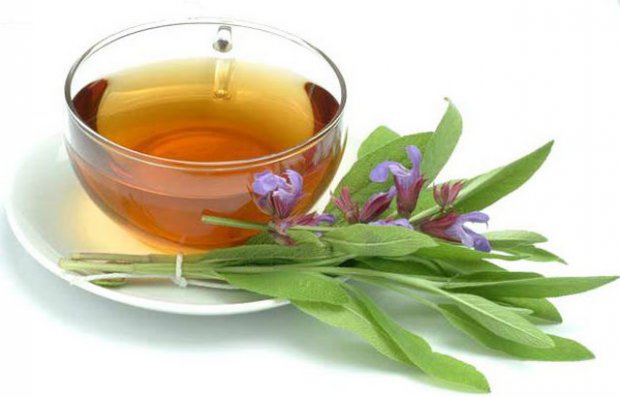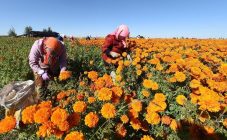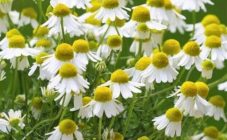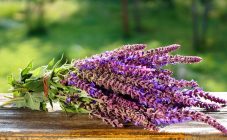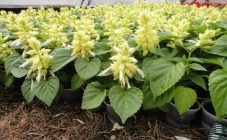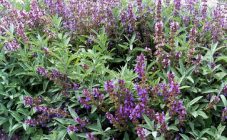There are a large number of medicinal plants, among which sage is not the last. The plant belongs to the perennials of the Lamiaceae family; today there are about 900 different species. Due to the large amount of chemicals that make up the sage, the plant is able to help humans in a number of cases.
How sage can be used:
- to combat inflammatory processes in the throat, mouth, bronchi;
- to disinfect and help skin cells (recover faster after frostbite, burns, pustular diseases);
- to improve digestion, relieve spasms in the intestines, eliminate bloating;
- to strengthen the immune system;
- to enhance hair growth, prevent hair loss.
In addition, sage-based products help with insomnia and stressful situations, save from increased sweating of the legs.
All these positive qualities speak for the fact that dried sage has the right to be present in the home medicine cabinet. And already to engage in its collection and procurement or to buy it in dried form, everyone decides independently. So when to cut sage for drying?
Sage harvest
When to harvest sage? The most favorable period for collecting leaves and flowers is early summer. At this point, the plant contains a large amount of essential oils. The collection begins after the inflorescences bloom.
For medicinal purposes, the flowering tops of the plant are used, as well as leaves saturated with healing essential oils. The collection and harvesting of sage for the first time after planting is carried out in early autumn, then foliage with inflorescences are harvested twice, when summer and autumn are on the calendar:
- onset of budding (June-July);
- ripening of fruits (September).
Sage harvesting can be done in two ways:
- manual breakage of deciduous parts with subsequent drying;
- cutting with improvised means (sickle, pruning shears, scissors) of the entire ground part of the plant, drying and threshing leaves and flowers.
Sage - how to prepare correctly? To obtain high-quality raw materials, the collection of plants is carried out on dry and sunny days, after the morning dew has dried. If the medicinal herb is dusty and dirty, then it must be washed with water and dried properly.
Having determined the time for collecting sage, you should go directly to the harvest.
How to dry sage
This plant has a pleasant aroma that will persist even after drying. But if the harvesting conditions are violated, the raw material will smell musty.
Dry sage immediately after harvesting. Inflorescences with leaves are washed in water at room temperature. You should not use hot liquid - this leads to the loss of half of the healing properties of the culture. After that, you need to lay out the raw materials on parchment or newspaper sheets.
The room where the plants are laid out (hung) must be dry and well ventilated. The procedure can also be carried out outdoors, but only if there is a canopy.It is important not to forget to periodically turn parts of the plant.
How to dry sage properly? This can be done without cutting the leaves and flowers from the shoots. It is enough to collect all the plants in small bunches and hang them under a canopy so that the tops look down.
Using dryers
You can dry a medicinal plant in a special dryer or oven. The maximum temperature in the drying chamber should not exceed 40 ° C, otherwise the loss of aroma and essential oils will occur.
When selecting raw materials for drying, you should avoid extraneous branches, thick stems and other impurities. To understand whether the raw material is ready or not, it uses simple testing. Light fragility of the leaves indicates high-quality drying, but if the stems are simply bent, then the process must be continued.
Subtleties of storage
You can store whole leaves with inflorescences or grind them beforehand, but in this case the essential oils will evaporate much faster. Medicinal plants must be placed in cardboard boxes, a canvas or paper bag, in a dry jar with a nylon lid. There is only one requirement for the room - it must be constantly ventilated.
Security measures
After it became clear when to collect and harvest sage, it's time to mention not only the beneficial properties of this plant. After all, like many others, it has its own contraindications. This is due to the fact that some substances can be beneficial or harmful to human health. There are a number of cases in which the plant is best not consumed for treatment:
- the use of sage or drugs in which it is included leads to the accumulation of substances in the body that negatively affect the function of the kidneys;
- for children, the use of sage inside is not recommended due to the effect of thujone on the fragile nervous system;
- polycystic kidney disease or other inflammatory processes impose a ban on the use of sage as a medicine;
- at an early stage of pregnancy, it can cause a miscarriage, at a later stage it provokes exfoliation of the placenta;
- contraindicated in breastfeeding (suppression of lactation);
- intolerance in the individual case.
Sage Uses
It is important to know not only how to prepare sage, but also how to take it correctly. Having familiarized yourself with the contraindications and, if none were found, you can prepare a tea that will have anti-inflammatory and antibacterial effects.
To prepare a drink you will need:
- sage - 2 teaspoons;
- boiling water - 250 ml.
Pour boiling water over dry sage, let it brew for 30 minutes, strain before use. If in winter you had to face such unpleasant diseases as tonsillitis, tonsillitis, pharyngitis, laryngitis, then this drink is more effective with the addition of honey.
A mixture of lemon juice and tea is used as a gargle for sore throats in winter.
Having received an answer to the questions of when to collect and how to dry sage, everyone can independently collect a useful plant and use it for their needs for medicinal purposes.
